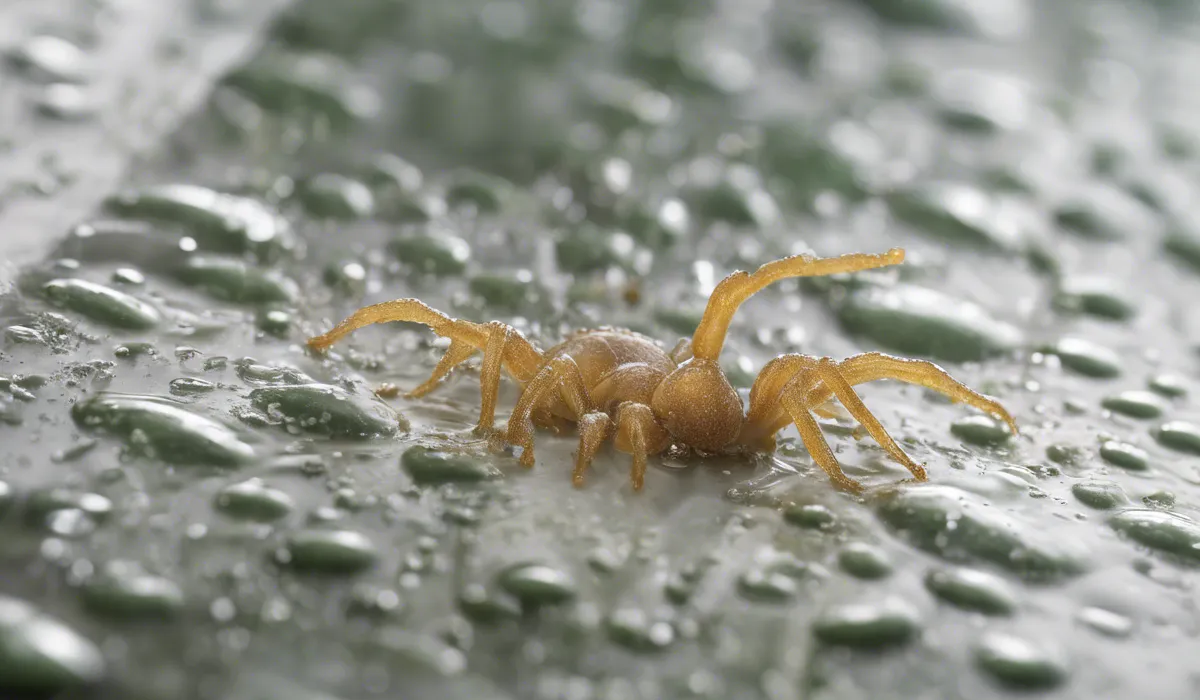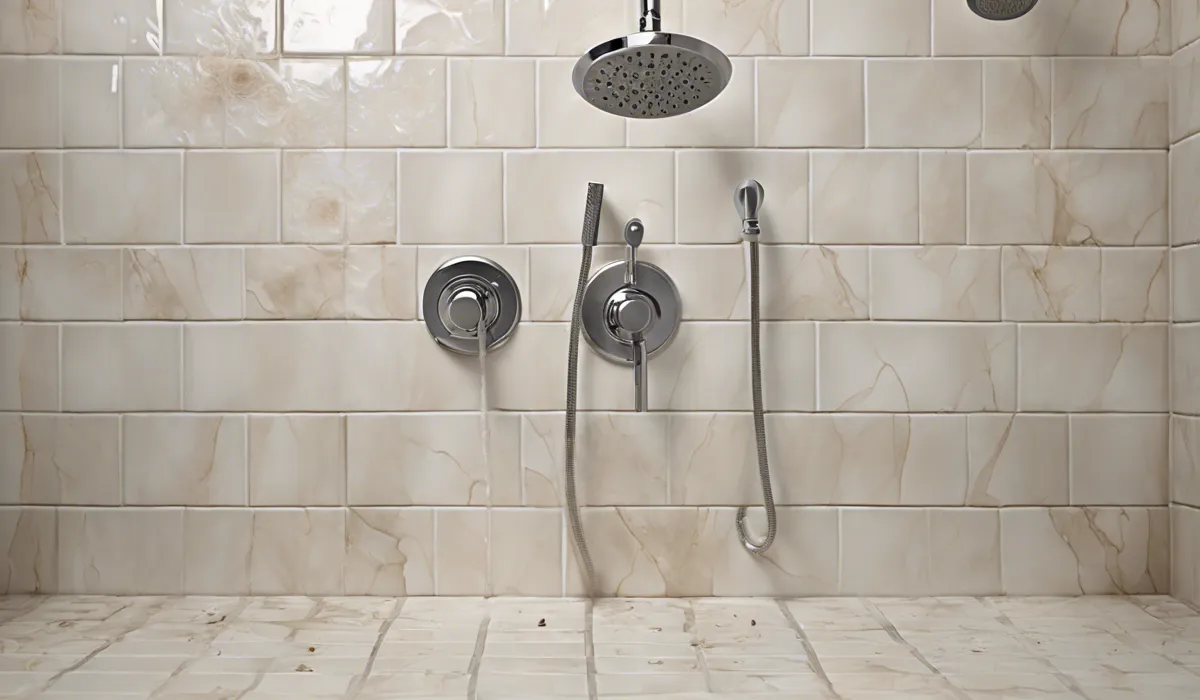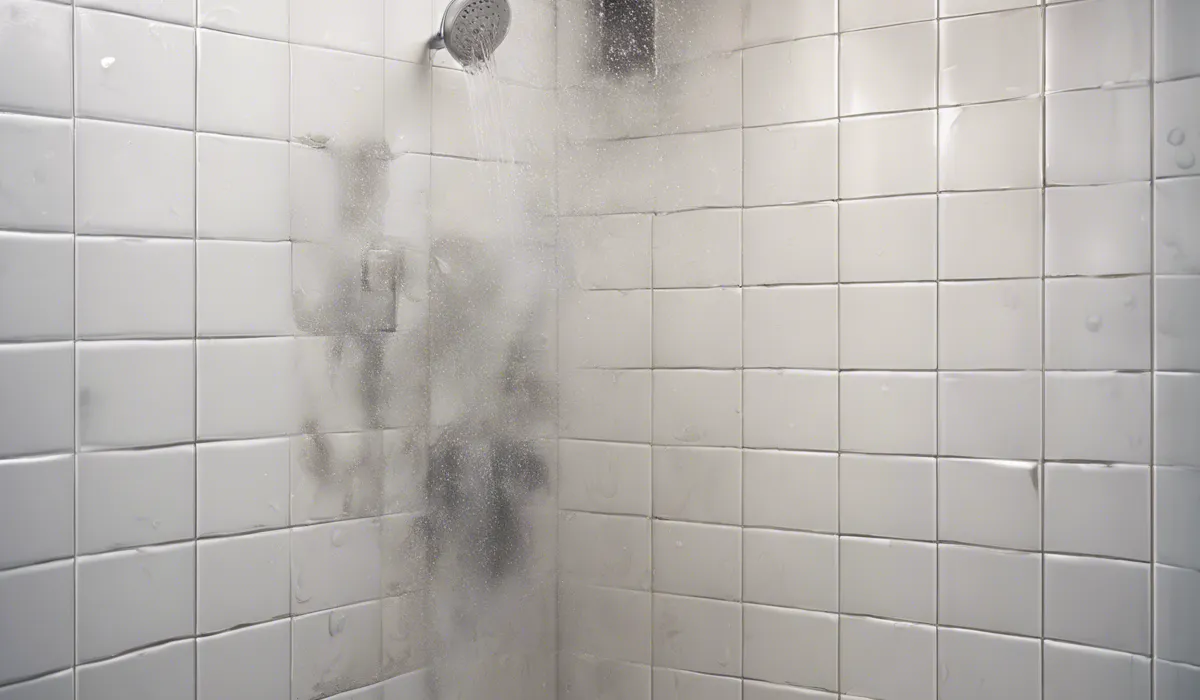Yes, mildew on shower tiles is alive. It’s a living fungus that thrives in moist environments. Mildew grows by digesting and breaking down organic material, such as soap residue. Routine cleaning can prevent its growth.
Understanding Mildew: The Living Organism

Definition of Mildew
Mildew is a particular type of fungus that often appears as a patch of gray or white that grows on surfaces in damp areas.
Like all fungi, mildew is a living organism that can grow and spread if not managed properly.
Classification as a Type of Fungus
Mildew is classified within the larger family of molds and fungi, organisms that play a crucial role in nature by breaking down dead organic matter. However, in our homes, they are less helpful and more of a nuisance.
How Mildew Grows and Reproduces?
Mildew grows by extending tiny, thread-like structures called hyphae across surfaces. These hyphae release enzymes to break down and digest organic materials, which allows the mildew to absorb nutrients and grow.
It reproduces by releasing spores that can travel through the air to new locations.
The Living Nature of Fungi, Including Mildew
Fungi, including mildew, are living organisms that have a cellular structure, grow, and reproduce. They are neither plants nor animals but belong to their own kingdom of life.
Conditions in a Shower That Promote Mildew Growth
The warm, moist environment of a shower is ideal for the growth of mildew. Poor ventilation, damp surfaces, and organic material like soap scum create the perfect conditions for mildew to thrive.
Mildew vs. Mold

Visual Differences Between Mildew and Mold
While mildew typically presents as powdery or fluffy patches, mold tends to be fuzzy or slimy in appearance. Mold can also appear in a greater variety of colors, including black, green, red, or blue.
Typical Colors and Textures of Mildew
Mildew usually appears as gray or white patches that are flat and powdery. These patches can become yellowish or brownish over time as the mildew ages.
Common Areas in the Shower for Mildew Growth
Mildew often grows in areas with high moisture levels, such as corners, grout lines, and caulking. It can also be found on shower curtains and ceilings.
Health Implications of Mildew and Why It Matters
Exposure to mildew can cause respiratory issues, especially for those with allergies or asthma. It’s important to keep indoor environments mildew-free for health reasons.
Eradicating and Preventing Mildew in the Shower

Step-by-Step Guide to Removing Mildew
Removing mildew from your shower starts with a simple cleaning solution. You can make a natural cleaner using vinegar or opt for a specialized mildew remover from the store.
Natural Cleaning Agents vs. Chemical Solutions
Natural agents like vinegar and baking soda are effective against mildew and are less harmful to the environment.
On the other hand, chemical solutions often work faster but require careful handling.
Protective Gear and Safety Measures
When cleaning mildew, it is essential to wear protective gloves and a mask to avoid inhaling spores or coming into contact with cleaning agents.
Prevention Tips for Keeping Showers Mildew-Free
To prevent mildew growth, it’s crucial to maintain a clean and dry shower environment. Regular cleaning and proper ventilation are key.
Regular Cleaning Routines
Establishing a weekly cleaning routine for your shower can greatly reduce the chance of mildew growth.
Focus on scrubbing tiles and grout lines, and don’t forget to wash your shower curtain regularly.
Ventilation and Humidity Control
Keeping your bathroom well-ventilated and controlling humidity levels can inhibit mildew growth.
Consider using an exhaust fan during and after showers and keeping a window open if possible.
Sealants and Mildew-Resistant Products
Using sealants on grout lines and investing in mildew-resistant shower curtains can also help prevent mildew from taking hold in your bathroom.
FAQs About Mildew on Shower Tiles
Is mildew on shower tiles a living organism?
Yes, mildew on shower tiles is a living fungus that requires moisture to grow.
Can mildew on shower tiles grow by itself?
Mildew requires organic material such as soap residue to digest and grow, so it does not grow by itself without a food source.
Is it harmful to have mildew on shower tiles?
Mildew can cause allergies and respiratory issues, so it is considered harmful, especially to those with sensitivities.
What conditions favor the growth of mildew on shower tiles?
Mildew thrives in moist, warm environments with a food source like soap scum or body oils present.
How can I prevent mildew growth on my shower tiles?
Routine cleaning and proper ventilation can help prevent the growth of mildew on shower tiles.
Final Thoughts
Mildew on shower tiles is indeed a living organism, a type of fungus that flourishes in the damp conditions of bathrooms.
It sustains itself by consuming organic matter, including soap scum. To hinder its proliferation, regular cleaning of the shower area is essential.
